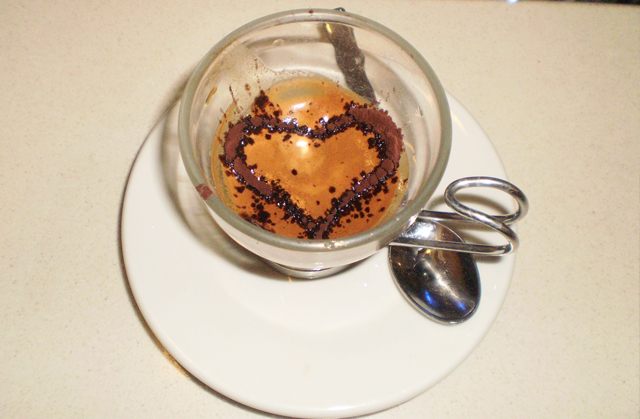
Oggi sentiremo da Barbara Zaragoza. Barbara ha trascorso tre anni a Napoli ed è l’autore di The Espresso Break. Ora vive a San Diego in California e continua a scrivere romanzi ed ora è coinvolta in un nuovo progetto di viaggio in Southern California chiamato The South Bay Compass. In una recente intervista Barbara parla della esperienze vivere a Napoli e del suo libro The Espresso Break, così come le sue esperienze per imparare l’italiano e lo spagnolo.
Today we will be hearing from Barbara Zaragoza. Barbara spent three years in Naples, Italy and is the author of The Espresso Break. She now lives in San Diego, California and continues to write novels, and is involved in a new Southern California travel project called South Bay Compass. In a recent interview I conducted with Barbara, she talks about living in Naples and her book The Espresso Break, as well as her experiences learning Italian and Spanish.
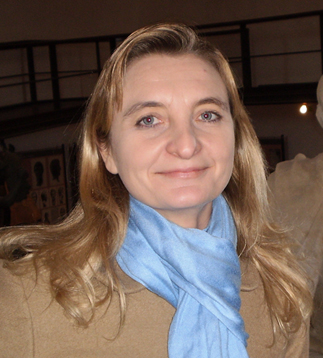
Ciao Barbara!
Tell me a little bit about your connection to Italy and how you ended up living in Naples. What did you like the best about Naples?
Saluti da San Diego, Melissa, and thanks for having me on your great website. I’ve been receiving your posts in my inbox for around 3 years now and they’re GREAT!
I lived in Naples, Italy for three years for my husband’s work. During my three years in Naples, I got to know as much about the city as possible. Most people don’t go to Naples when they visit Italy because it has a pretty bad international reputation. When people first think of Italy they think of Venice, Florence or Rome. Naples on the other hand, has a gritty character to it and the reputation for crime and mafia makes a lot of people stay away. That’s truly a shame.
There are so many things to love about Naples, including the extensive undergrounds that you can tour. There are over 200 churches in downtown Naples alone, including the Duomo which interestingly celebrates the liquefying of San Gennaro’s blood every September as well as San Gregorio Armeno Church, which celebrates the liquifying of Saint Patricia’s blood after the 9:30 a.m. service every Tuesday. Naples is where pizza was invented. The food is fresh and simple and I’ve written about their unique dark-bittersweet caffe, their Spaghetti alle Vongole, their limoncello made from Sorrento lemons, and their gelato. The Neapolitans have preserved both the ancient Greek and Roman ruins, including Sibyl’s oracle.
2) What is your fondest memory of living in Italy?
Pompeii. When I lived in Naples, Pompeii was only 20 minutes away by car. I would go to these archeological ruins on a Wednesday in February when the old Roman streets were entirely my own — no tourists. That was divine. (As most people know, Pompeii is swarming with droves of tourists most of the year.)
I think being able to return to Pompeii over and over again allowed me to reflect more deeply about our inter-connection to people of the past. Pompeii revealed to me, for example, how the wealth of Eumachia or the fame of the Pompeii actors whittled away into insignificance. How pettiness in 30 A.D. still looks like pettiness in 2014. I’m thinking of Via die Sepolcri where a man had insisted that the inscription on his tomb read: “This man that I had hoped was my friend — it was he who produced accusers against me and started a court case. I thank the gods and my innocence that I was freed from all this trouble. May neither the household gods nor the gods below receive the man who lied about our affairs.” And yet, also, in Pompeii I realized the high significance of each of our individual existences and how collectively they impact others two thousand years down the line, including the fish mongers, pizza makers, prostitutes and nameless painters who left their revealing wall murals.
3) Tell me more about The Espresso Break and Napoli Unplugged – the projects you were involved with while living in Italy.
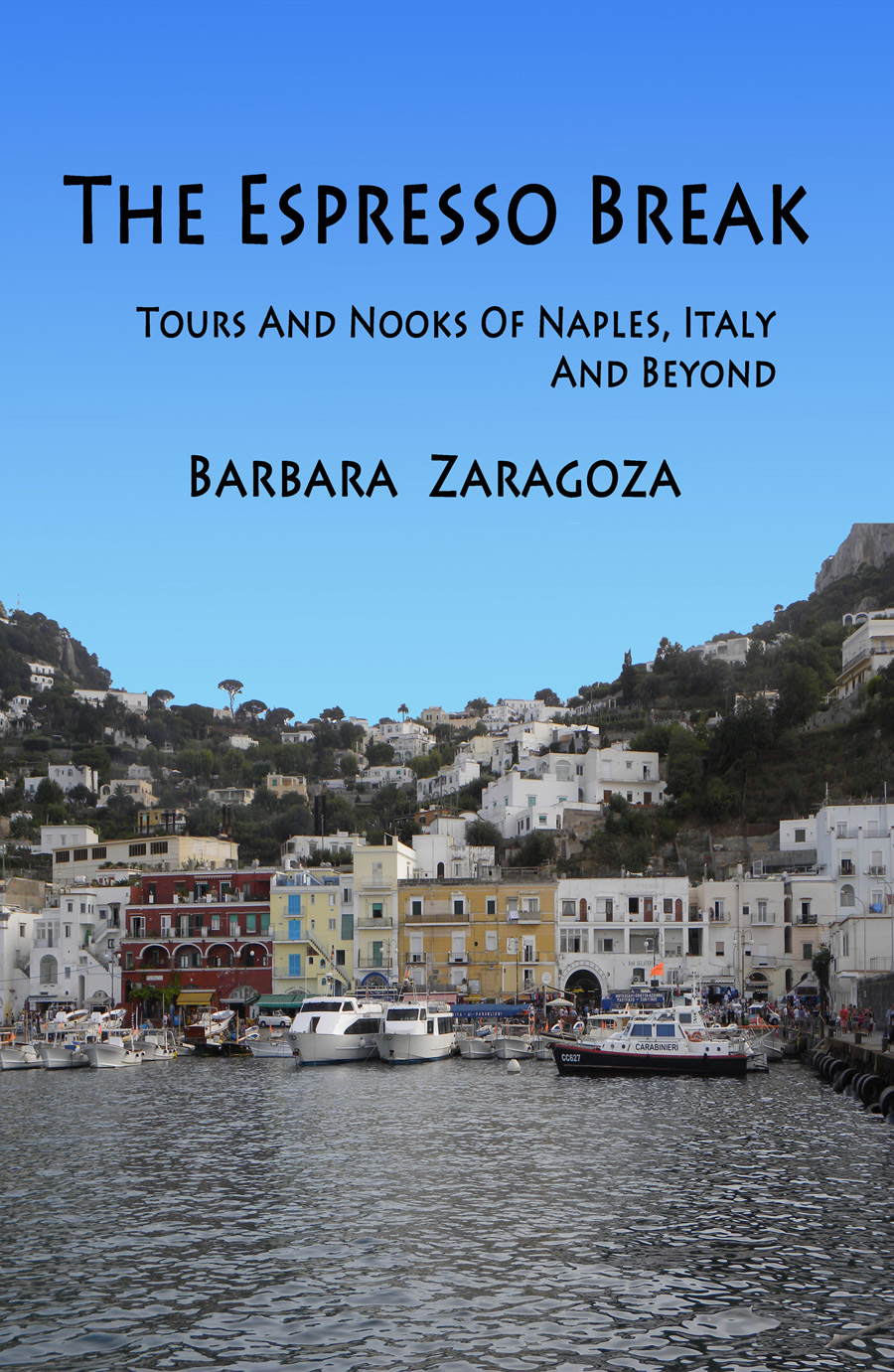
I started a once-a-week blog because, first and foremost, I wanted to educate myself about the city. Then I realized that there needed to be a more positive resource to inform travelers about the many wonderful things available to be seen in Naples and that is why I decided to write my travel guide The Espresso Break. I wanted to represent the city’s strengths and charms: a place where craftsmanship still takes place. A place where people believe the old ways are better than the new. Neapolitans like a personal touch to everything. Goods are handmade. There is an emphasis on fresh simple food. The Espresso Break is a lot like that. It was written and produced entirely by me, just as it would be done in Napoli itself.
My little book is handcrafted with tours that include stories like “The Queen Who Sweat Like A Pig.” So when you go to the Caserta palace, you can read that when Bourbon King Ferdinand IV first saw his sixteen-year-old wife, Maria Carolina, he said that she slept like she’d been killed and sweated like a pig. Now that makes visiting the palace a real experience! I’ve also written about lesser-known places like Civita where the Arbereshe (ancient Albanians) still live and Velia where the philosophers Parmenides and Zeno once roamed.
The Espresso Break was quite successful and grew in popularity. At one point it even made it as the #1 Amazon Bestseller of Naples travel guides, ahead of Rick Steves and Lonely Planet. My book is perfectly readable from start to finish for the armchair traveler, but I think the reason my book has been so well received is that more people are starting to see that going to the over-stimulating capital cities of Europe and roaming around vast caverns of museums that often tout stolen art from a confusing number of centuries isn’t all it’s cracked up to be. Better to spend your vacation in small towns discovering the little gems and enjoying slow travel.
Now, Bonnie Alberts over at the website Napoli Unplugged, has taken my articles, published them on her website, and has used The Espresso Break to create an entirely new vintage travel guide. She still lives in Naples. Her new book, Napoli Unplugged Guide to Naples – Visit Naples, Discover Napoli!, is due out in January. She has added several new writers, has added new chapters with brand new sights to see and the book will be in color. (Mine is in black and white.) She even has an artist who hand crafted the cover and the pictures inside. I’m very excited about that!
When you lived in Italy did you learn the language?
Yes, of course! I had already learned several languages (German was my first language) and I was determined to learn Italian. When I arrived in Italy I immediately signed up for an intensive 1 month class in downtown Naples. This allowed me to learn the language intensively and use it outside of class immediately. Since I had already learned other languages before, Italian came quite easily.
But here is the ultimate trick to my learning Italian: I just spoke immediately and to everyone as much as possible. If my grammar was awful, my pronunciation atrocious, I didn’t care. I just kept speaking. I think that’s the trick to learning any language: allowing myself to be stupid, wrong, or even agonizing to listen to. That practice helped me eventually conduct interviews entirely in Italian. I also immediately started to read the newspaper La Repubblica. AND, don’t get me wrong. My grammar, in my opinion, remained not-so-great. Plus, once I returned to the States and didn’t use Italian, it whittled down to very basic phrases fairly quickly.
5) You have told me you are focusing more on learning Spanish due to living in California and your proximity to Mexico. Tell me a little about your language learning journey.
I left Italy and moved to San Diego, again for my husband’s work. The South Bay of San Diego is what my family now considers to be home. It was very natural that I poled toward the U.S.-Mexico border. The Spanish language is so similar to Italian that I understand almost everything — I just am learning how to speak. Hearing, understanding, reading — all that comes quickly. Speaking, I think, is the last thing to develop when learning a language.
When I returned from Italy, I had learned a lot about how to view my environment — no matter where I live. I realized that each neighborhood had a micro-culture and a history. So now I’ve embarked upon a new endeavor. Each Wednesday I post a new attraction in the South Bay of San Diego, my home. Through this journey, I’m seeing how culture and ecology have been impacted by an artificial fence along the San Diego-Tijuana border. I’m also exploring what it means to be a border culture. It’s all very fascinating and you can check it out here: southbaycompass.com

6) You are such a creative person. I’m inspired by your writing projects. Tell me a little about what sparks your creative process.
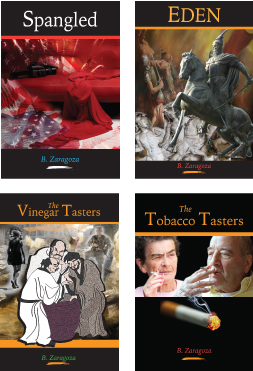
Once I send my three girls off to school each morning, I make sure to sit down and write. It’s become a discipline and I think that’s the key to the creative process. Dishes, laundry, grocery shopping — all that happens when I’m tired in the evenings or when I pick up the kids. While they are at school — I write.
With my love of travel, history, and politics, I just naturally want to write some fiction. My last novel, The Listener’s Labyrinth, was written for my husband who was a naval psychiatrist. The book is about a naval psychiatrist who must uncover a mystery of Navy SEALs being given drugs to enhance their strength… but the drug leads them to go “bezerk” similar to the bezerker rages of the Vikings. It’s not generally the kind of book I write, but I wanted to create something as a tribute for my husband’s service that would be fun and exciting.
My husband was in the service during the height of the Iraq and Afghanistan wars. As a consequence, I heard many gut-wrenching, upsetting war stories from service members who I was surrounded by. In order to process what was a lot of my own secondary trauma, I wrote The Vinegar Tasters and Spangled.
From my travels, I also wrote the comedic The Tobacco Tasters, which is based on a real-life tobacco company in Russia that hires tasters, just like wine tasters. Some of them spend 48 years smoking cigarettes to make sure the taste is just right for customers. The other comedy I wrote is Eden based on my experiences of the double-speaking governments while traveling to Poland during the Communist era an also to Albania after their revolution.
Who knows what’s next for my writing life? But as someone who lives to be an observer of my environment, one thing’s for sure: Wherever I am, there I am!
Grazie mille, Melissa!
Grazie Barbara! è sempre un piacere avere la tua notizia! Tu mi dai un sacco di ispirazione con tutta la tua scrittura creativa e i tuoi progetti interessanti. È meraviglioso incontrare qualcuno che si sforza di vivere nel momento! Vi auguro un sacco di successo e non vedo l’ora di vedere dove il viaggio creativo vi porterai nel futuro!
It is always great to catch up with you. You give me a lot of inspiration with all your creative writing and interesting projects.It is wonderful to meet someone who strives to live in the moment! I wish you lots of success and can’t wait to see where your creative journey will take you next!
If you liked this post you might like this one about Bonnie Alpert co-author with Barbara Zaragoza “Napoli Unplugged Guide to Naples”
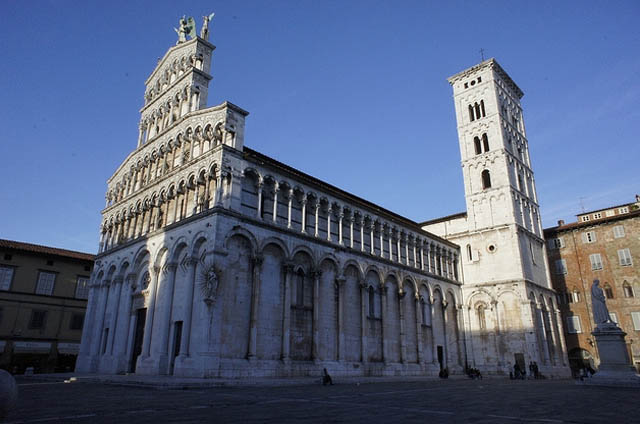
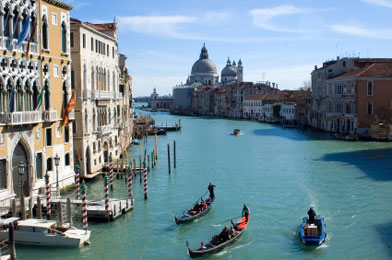
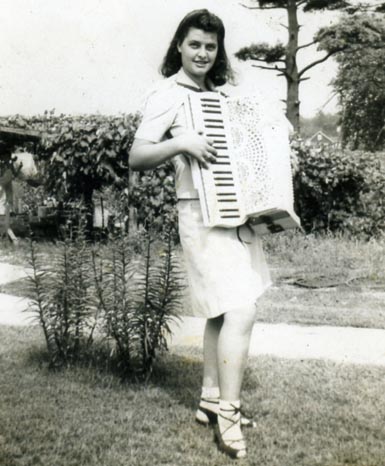

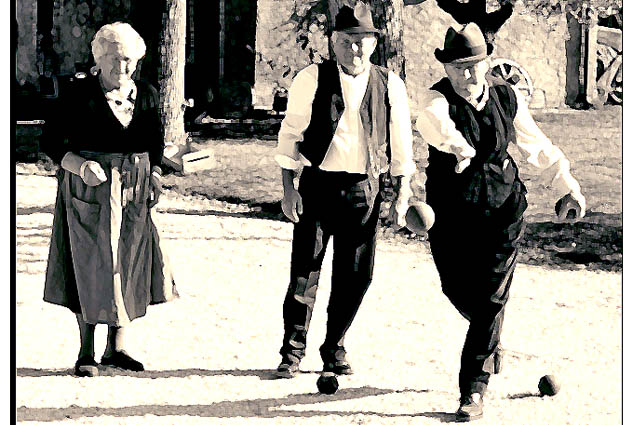
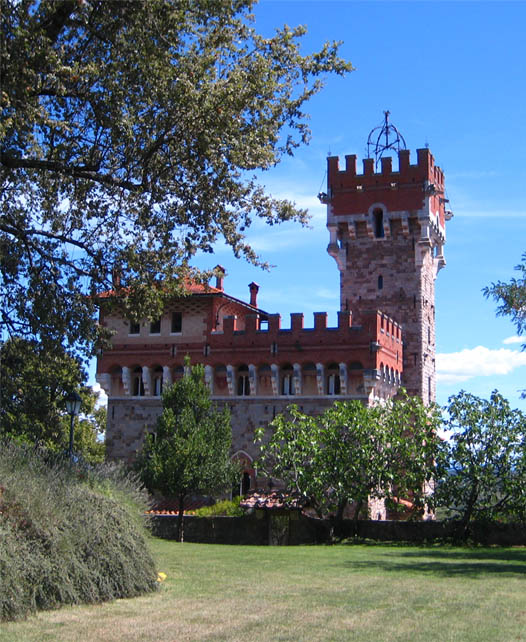





Grazie mille!!!